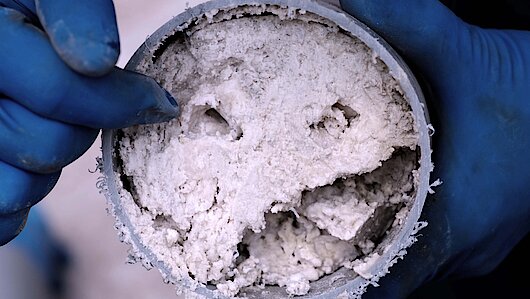Why is this an issue?
All commercial premises that are likely to produce fats, oils or grease must have a pre-treatment device – a grease trap. This device must be sized, installed and maintained appropriately to prevent fats, oils and grease entering Council wastewater networks and/or the environment.
The regulation that specifies the minimum requirements for a grease trap is found in the NZBC G13 Foul Water section. This regulation is expanded upon by Trade Waste Guidelines and Council by-laws.
An important consideration to bear in mind is that not all Council wastewater networks are created equal. Each Council considers the relative strengths and weaknesses of its wastewater network and the sensitivity of the local environment when establishing its criteria.
For example: a Council wastewater network built to service a city on flat land close to sea level may have very little “fall” within its pipework, and the wastewater network may be vulnerable to slow moving fat build up. This Council may specify larger capacity systems than a neighbouring Council with newer infrastructure without the same vulnerability. This is one of many examples as to why Councils may have different criteria for system type and sizing guidelines.

Sizing Methods
There are three recognised sizing methods that MACTRAP can leverage to determine the size of the grease trap required depending upon the information available.
1. Fixture Unit Rating
This calculation is based on summing the maximum output (flow) of each fixture that will contribute to the grease trap. It is a very good method for larger kitchens and for working out sizing from kitchen design plans.
2. Peak Flow Rate
This calculation is based on the maximum wastewater flow rate, and typically focusses on wash sink capacity as a primary consideration. It is a good method for smaller kitchens and cafes, and aligns well with the requirements for determining the size of under bench systems.
3. Kitchen type and throughput
This calculation uses the type of kitchen to determine an average fat loading per meal, then measures the throughput of meals served to calculate the size of the grease trap. It is a good method for determining the sizing in institutional operations particularly when upgrading the facility or the infrastructure.
How do I work it out?
Get the MACTRAP calculator, or send us the information and we’ll do the work for you.
Get The MACTRAP CAlculator
What about Sizing for Fuel/Oil and Sediment?
All separation systems have a variation on the same theme. Basically we work out how long we need to settle the wastewater to separate the elements that we are targeting, then we determine the volume, the method, and the design to manage the separation. Sometimes we need additional components like filters (coalescence separators) or water sprays (starch separators), to get the job done.

